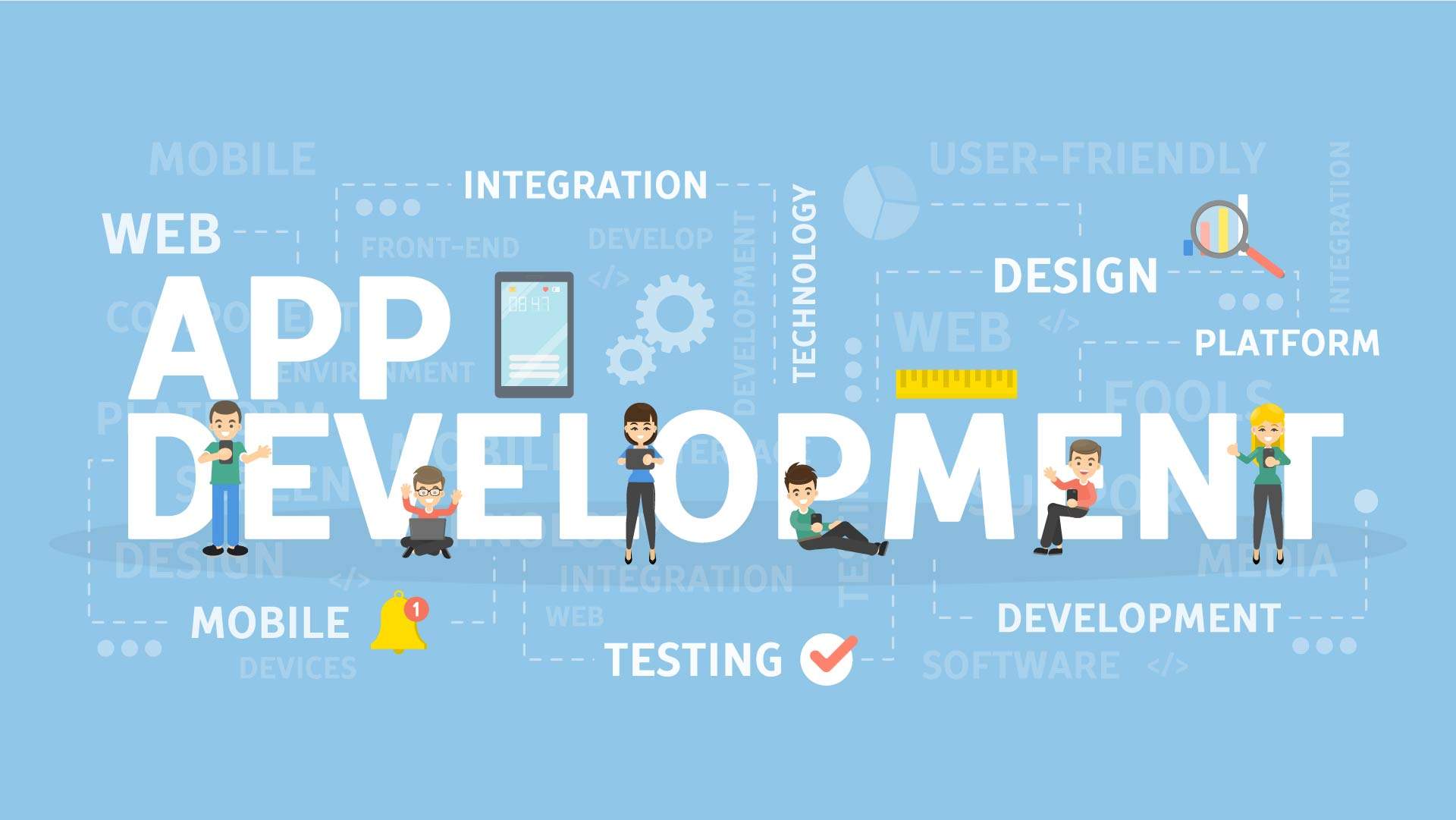
The Latest Mobile App Development Strategies That You Should Use Today
Contrary to what most people assume, releasing a successful mobile app does not come down to having a genius (and original) idea.
In reality, your idea is secondary to the most fundamental feature of app development: your approach.
Getting your approach or strategy in place from the outset will set your team up with a smooth, problem-free development. And you’ll get a far superior app at the end of the process too.
Here are four of the most popular app development strategies you should consider during your planning phase.
User-Interface Led Design
When developing a mobile app, your success will largely rest on whether you experience a snowball effect in user signups. And that will ultimately come down to whether users find your app easy and enjoyable to use.
That’s why getting your mobile app designer to focus on the end-user is an excellent development strategy.
Before coding, map out each step a user will take and optimize those user journeys. Focus on creating something without friction and complexity, and you’ll be on your way to a user interface your customer will love.
A good user experience is also a local one, so consider your mobile app localisation strategy too.
Agile Development
An agile approach is perfect for any mobile app developer in the IT industry who wants to quickly get their app into the marketplace.
With an agile approach, you split the development up into distinct phases.
Each phase will deliver a significant workable end product that you can then release onto the market. While customers test that platform, you’ll start work on the next phase.
It’s an iterative approach. You will continuously test and modify your app in contrast to a traditionally fixed linear development.
Native App Development
Native app development is about designing an app to sit on only one platform, iOS or Android.
While your initial reaction is that this concept will limit your market, there are several advantages to this approach for mobile development.
First, you’ll get a high-performing app fully optimized for a single platform. If you need something fast and cutting edge, native app development might be your best option.
Native app development is also faster to deliver. You can get your delivery done for a single platform quickly and without cutting corners, producing something that is thoroughly tested and highly secure.
Cloud-Based Development
Cloud-based development involves using the most up-to-date cloud-based tools during your app creation. The advantage of this approach is that it cuts overhead costs and pre-development setup timescales.
Using cloud-based technology means your developers can access their code at any time on a robust, secure platform. You’ll be using tools that will allow your team to create standard, consistent code that adheres to best practices.
You can also apply this cloud-based approach to other aspects of your development. That includes testing and end-user feedback.
App Development Strategies for a Successful Launch
Each of these app development strategies will help you maximize your chance of a successful launch. So if you do have a great app innovation, do it justice by planning a professional development project to deliver it.
Did you enjoy this article? Check out some of our other web development posts now.















